Light is no longer something you simply turn on or off - it's a new paintbrush used for masterpieces of light painting,
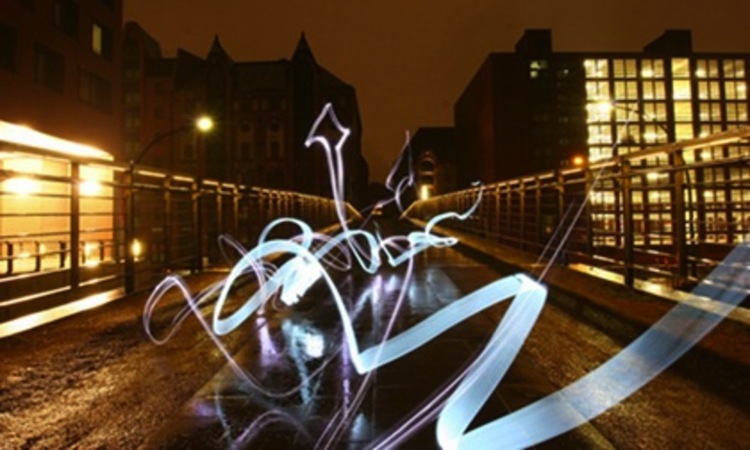
With roots tracing back to 1914, light painting is a photographic technique that involves creating exposures via moving a hand-held light source inside or outside the frame. Featured in art photographer Man Ray’s 1935 “Space Writing” series, the novel art form’s first known users were Frank Gilberth and his wife.
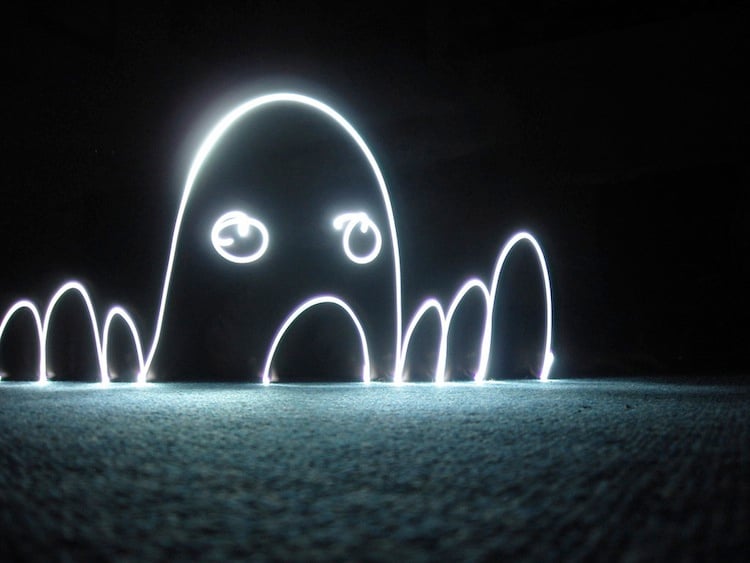
While the light can be used to illuminate parts of an existing subject, it can also be used to create its own subject and by extension “paint” an original picture. However, it should be noted that even though the camera may be taken off the tripod and moved around very fast to capture the strokes made by the lights, this type of painting requires the use of a slow shutter speed.

The light sources are just as diverse as the stunning images they aid in creating. To paint your own picture, you can swap paint and paintbrushes for flashlights, fiber optic light, matches, candles, glow sticks or even lighters.
Light Painting: Pablo Picasso
The great 20th century artist experimented with light painting in his later days to create self-portraits and other electrifying images. To do so, Picasso would stand in front of the camera with a flashlight and cut the air with light as the shutter went off.
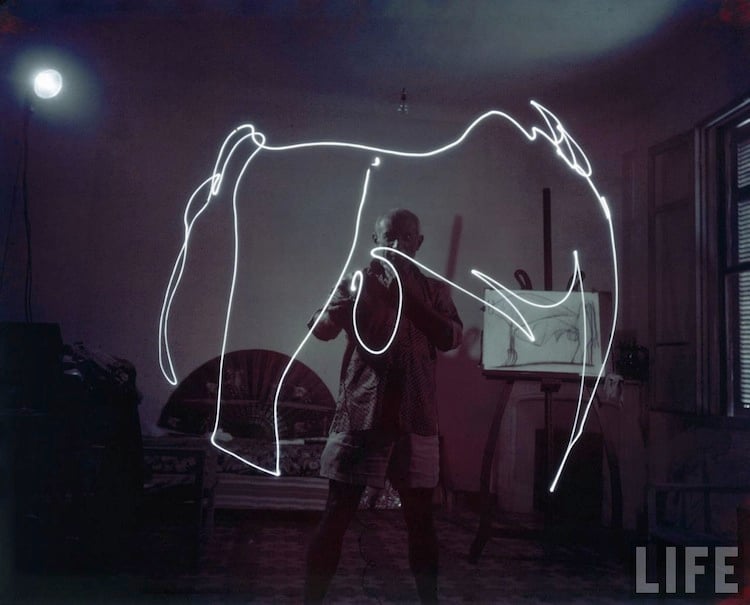
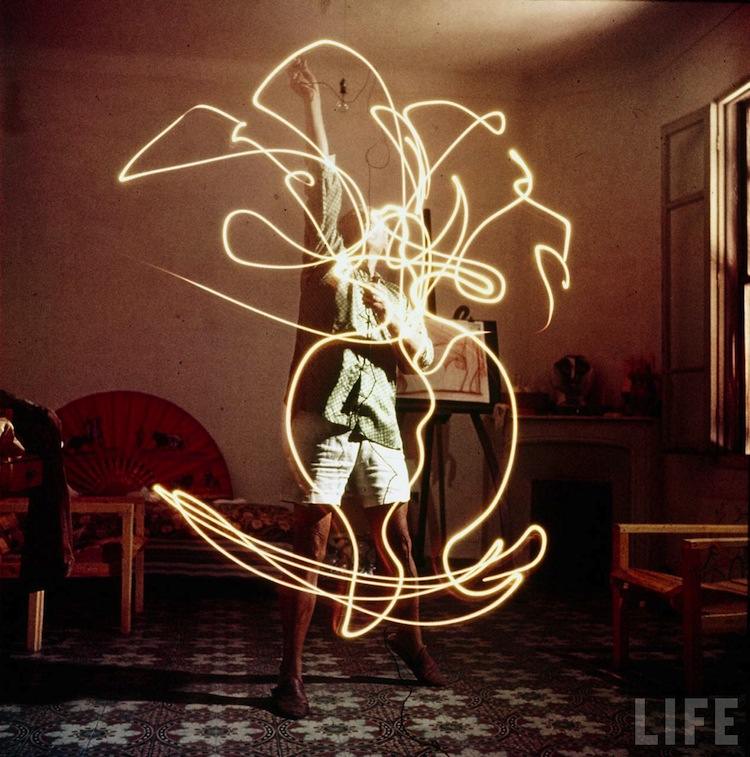
Taylor Pemberton
To create swirls and curves on wall surfaces, this graphic artist uses flashlights for his own, less-permanent version of “graffiti.”


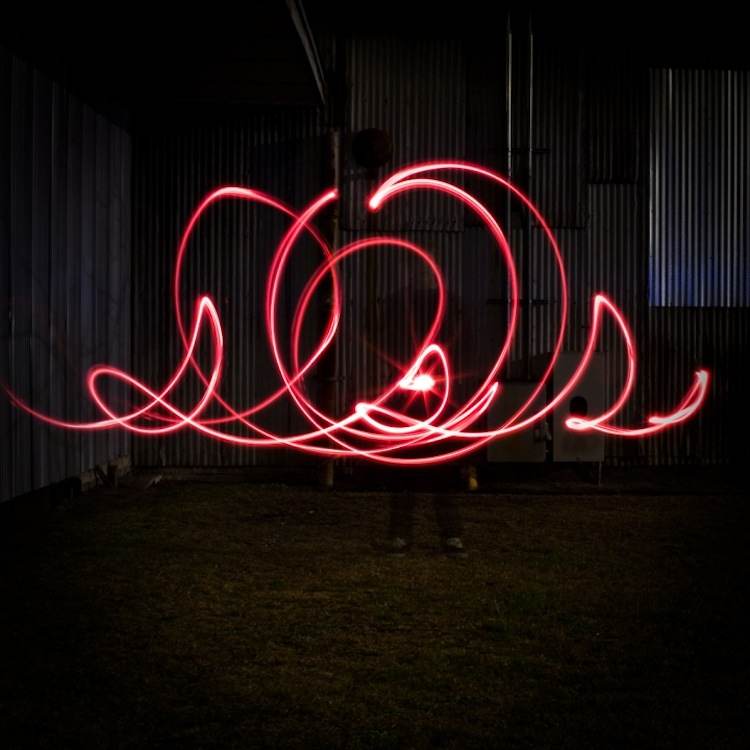
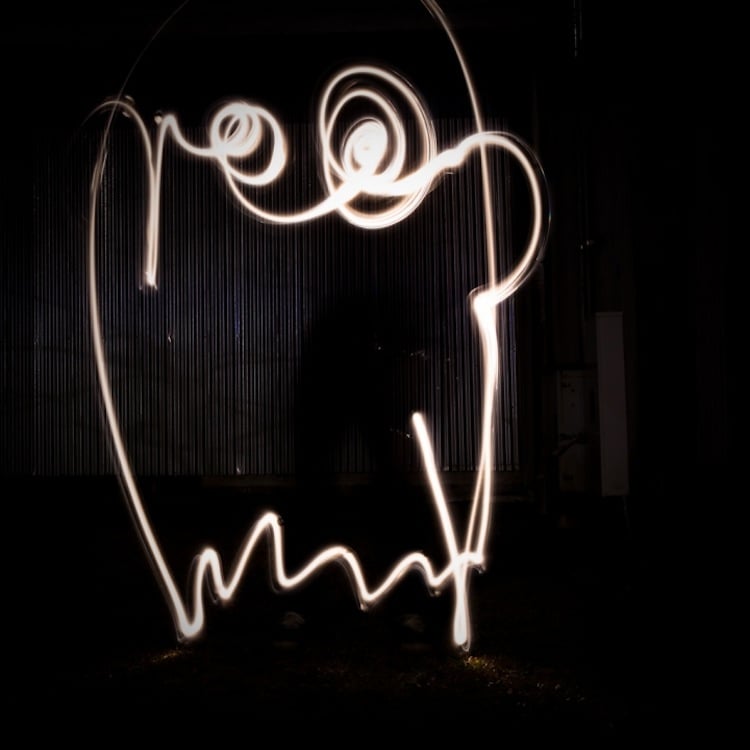
LAPP Pro
Joerg Miedza and JanLeonardo Woellert form the group LAPP Pro, which has been instrumental in crafting spark and spherical landscape light paintings.

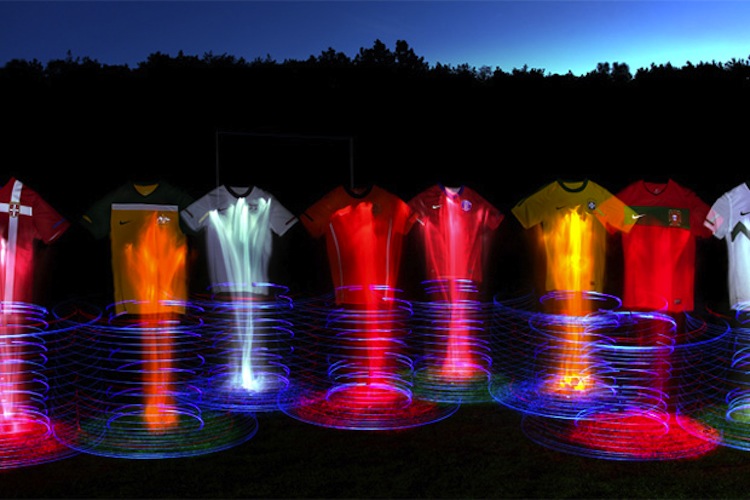


Lichtfaktor
Focusing more on the commercial end of art, this artist’s light paintings have been featured in numerous advertisements and videos.
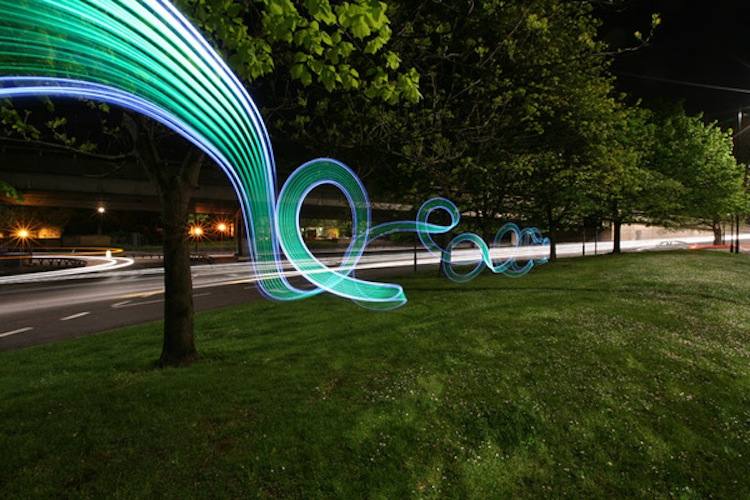

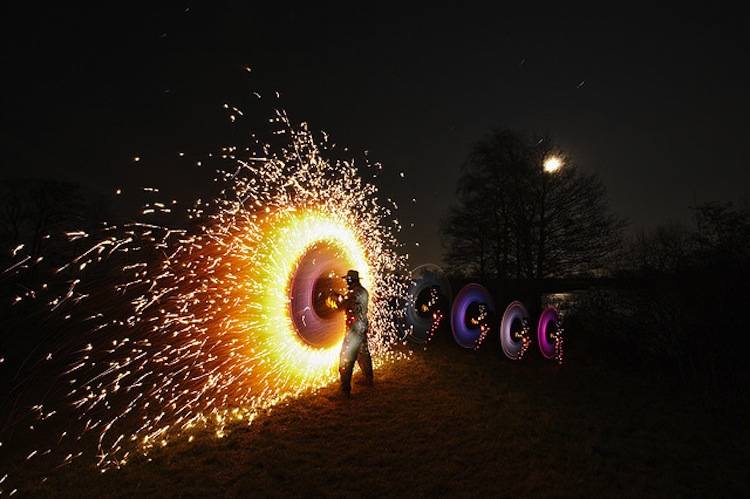
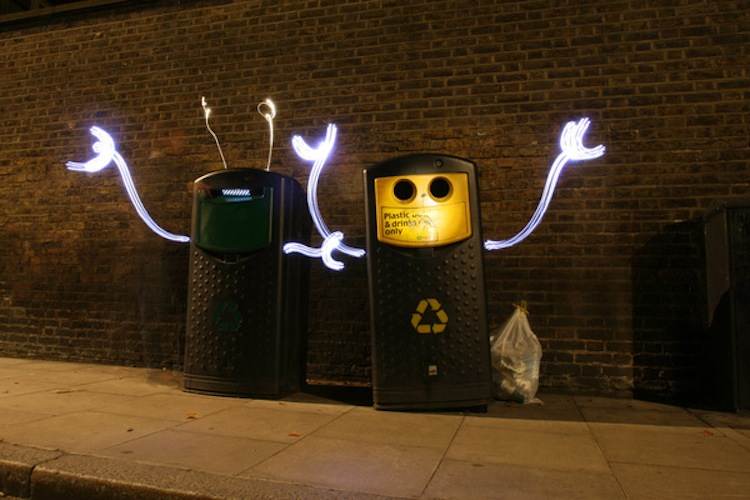
Light Painting: Patrick Rochon
This artist captures light through lasers and shares his stunning work with others via photography and video. He has also created innovative pieces by building costumes of lights and performing in front of the screen.
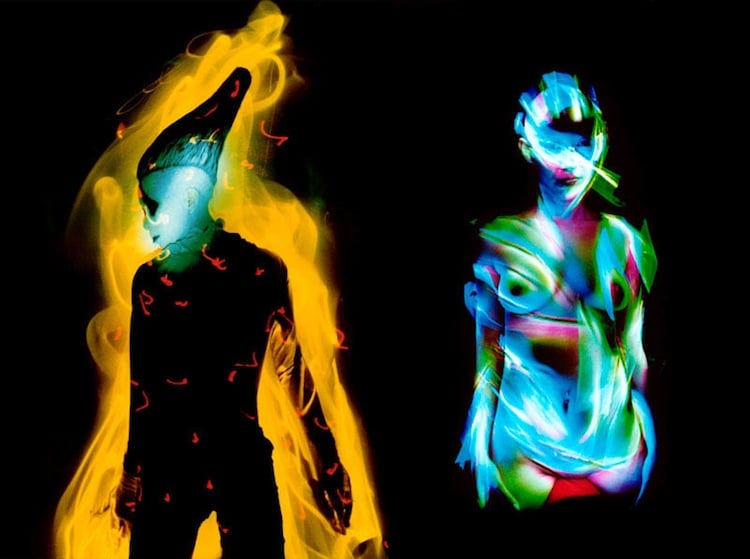
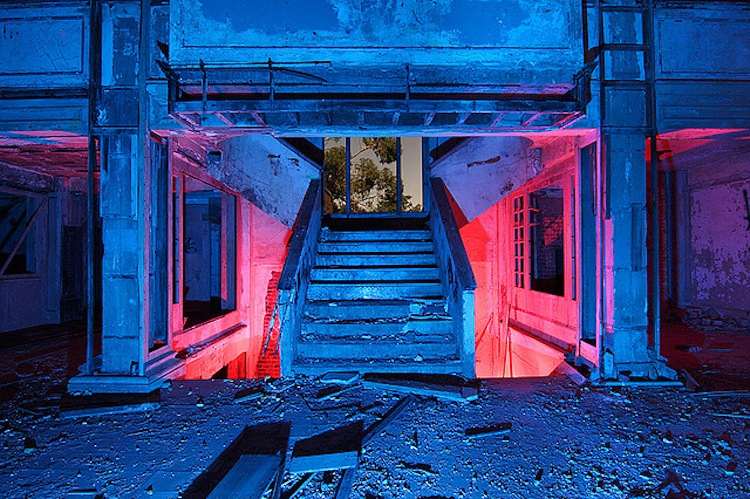

If you enjoyed our post on light painting, head over to our post on Mona Lisa facts and a history of surreal art.





